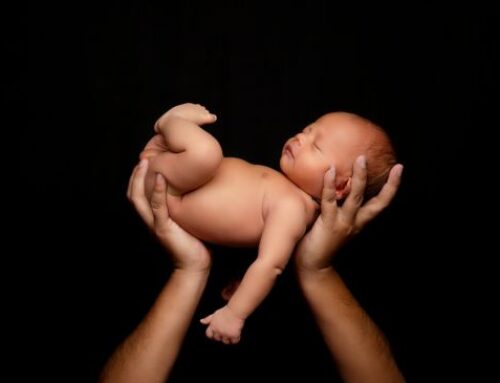Last September, in an article entitles “Relieving an adopted child’s anxiety,” The Interim reviewed a number of children’s books on adoption. Most were for young readers. The following will take a child into her teen years.
While many adopted children fantasize about their birth parents Princess Alice by Nina Bawden, Andre Deutsch Ltd. 1995, turns the fantasy into reality. Alice actually does have a king for a birth father but she realizes, when given the choice, that she would rather live in rainy London with messy Macluskys than be waited upon by servants in sunny Africa. You may feel this is all too fantastic, yet it does delight. Cross-cultural. Ages 6 to 10.
Adoption is for Always by Linda Walvoord Girard, Albert Whitman and Co. 1986. Celia had always been told she was adopted but it sinks in one day and she becomes angry and insecure. She asks lots of new questions and is eventually reassured. Some books underplay adoption anxieties; this one may overplay them. Decide where your child is at. Ages 7 to 11.
The Great Gilly Hopkins by Kathrine Paterson, Thomas Y. Crowell Co., won the 1978 Newbery Medal. At eleven, Gilly is one tough foster kid who is determined to find and live with her birth mother. She devises an escape plan from her bizarre foster family only to realize, once she has left, that the strange menagerie was home after all. This is one terrific classic but it may hit some very raw nerves for the adopted child. Anne of Green Gables would be more comforting. Ages 11 and up.
Books that profile several adopted children enable your child to find the story that most closely fits her own while enjoying the fact she is not alone. Many children are adopted.
What’s Happening? Adoption by Karen Bryant-Mole, Wayland 1992, profiles a dozen adopted children under 12. One who was placed in foster care tries too hard to please for fear she’ll be sent back. Another misinterprets normal scolding and punishment for being adopted. Still another fantasizes about his birth father and boasts that he’s a prince which only annoys his friends. Most are well adjusted. Suitable for 7 to 11.
“Most adopted teenagers will assume their birth mother was not married. They must then struggle with the concept of illegitimacy,” says Joan Kosmachuk, Executive Director of Jewels for Jesus adoption Agency in Mississauga. “Adoptive parents may tend to be more strict with their adopted child and trust her less, causing the child to rebel.”
Nineteen teens tell in their own words, How It Feels to be Adopted, Knopf, 1984. Jill Krementz has sensitively photographed each young person, first, and in an individual portrait, then in a family one. This is a must for the 11 up crowd.
A teen is looking for roots. “To search or not to search” for birth parents is a real issue for young adults but what Krementz found in her interviews was that, whether or not adoptees decide to search, they do want as much non-identifying information about their background as possible. Finally Krementz’s teens show wonderful appreciation for the sensitivity of their adoptive families.
Growing up adopted was well worth it.




